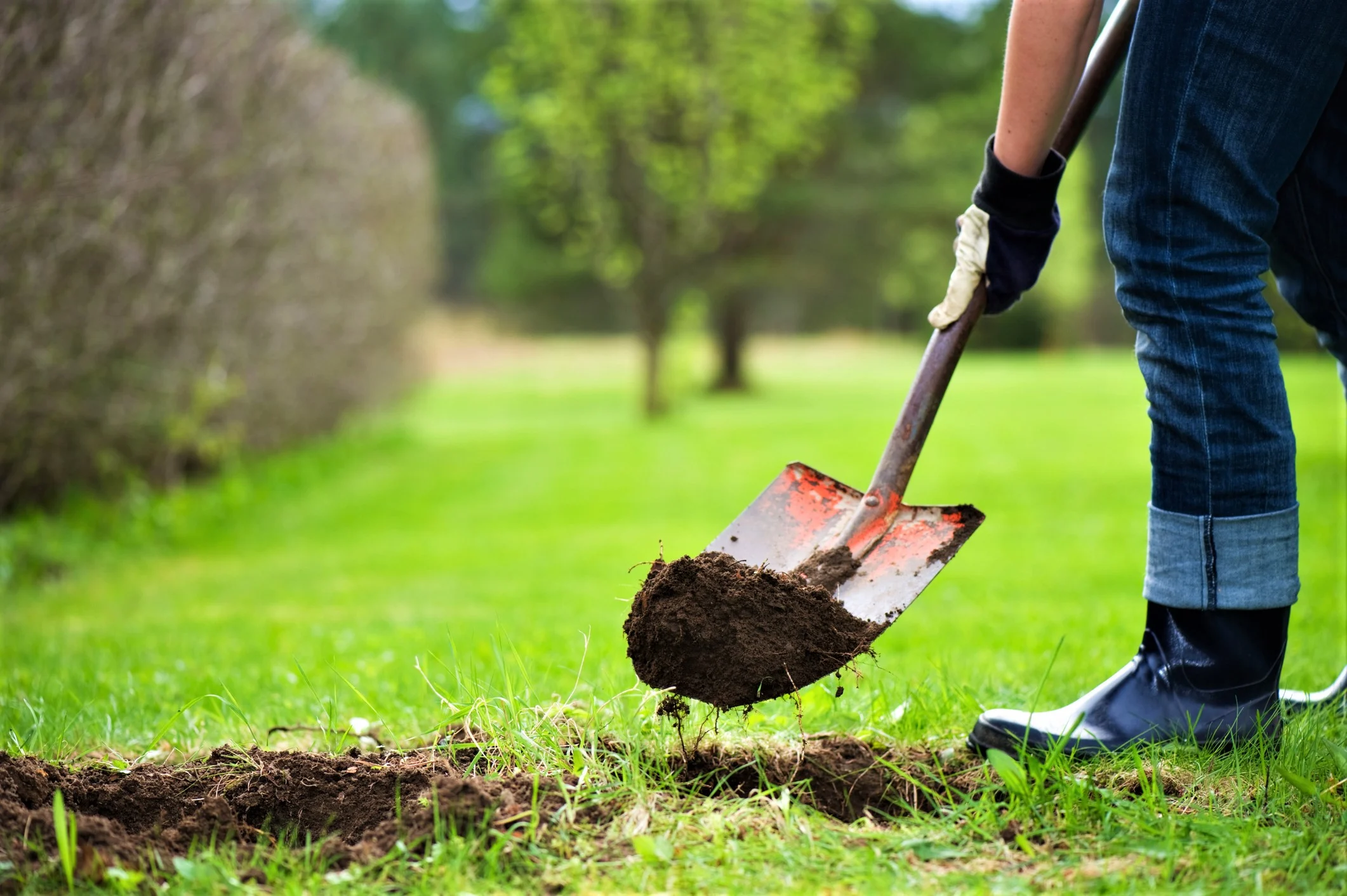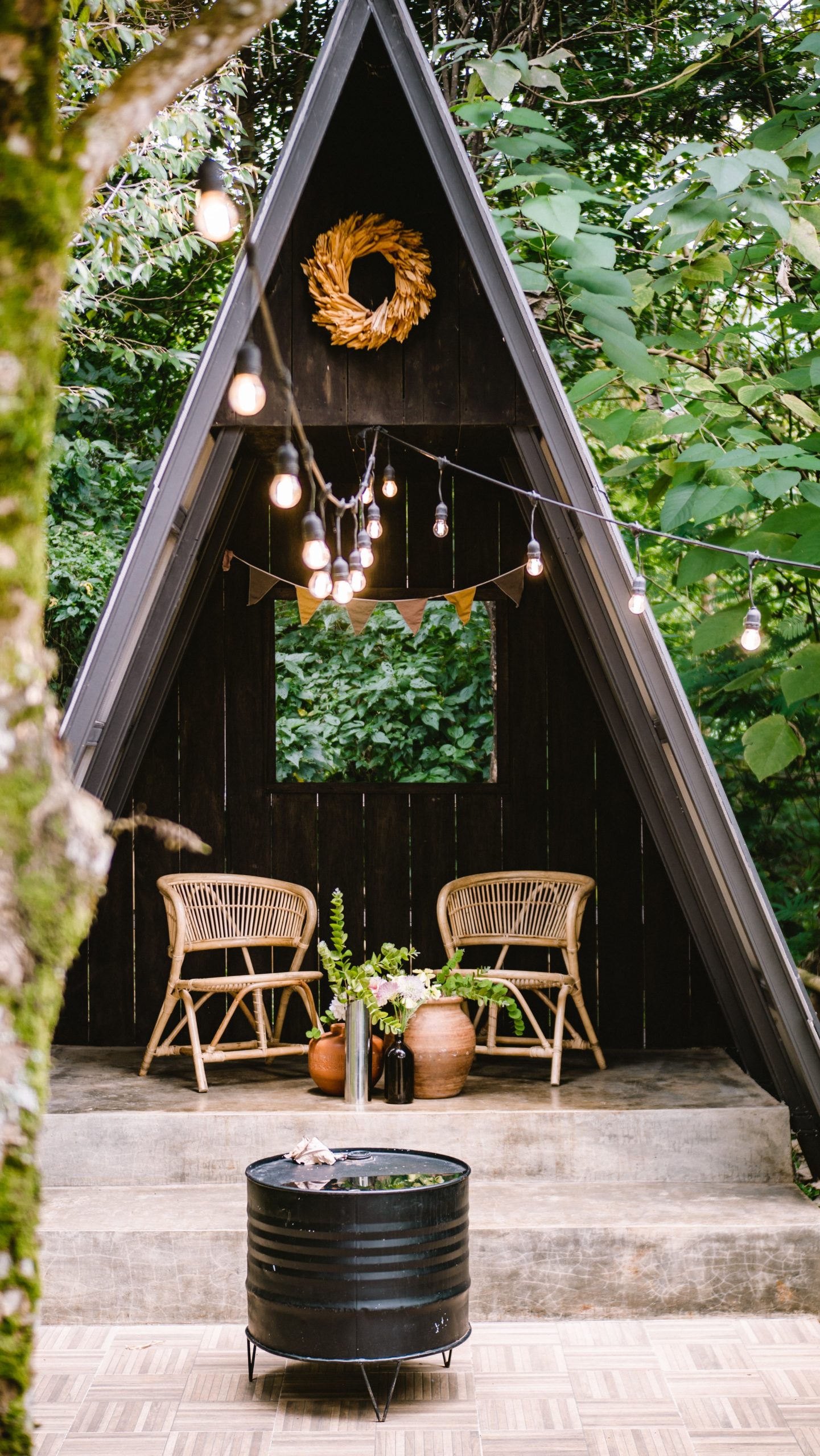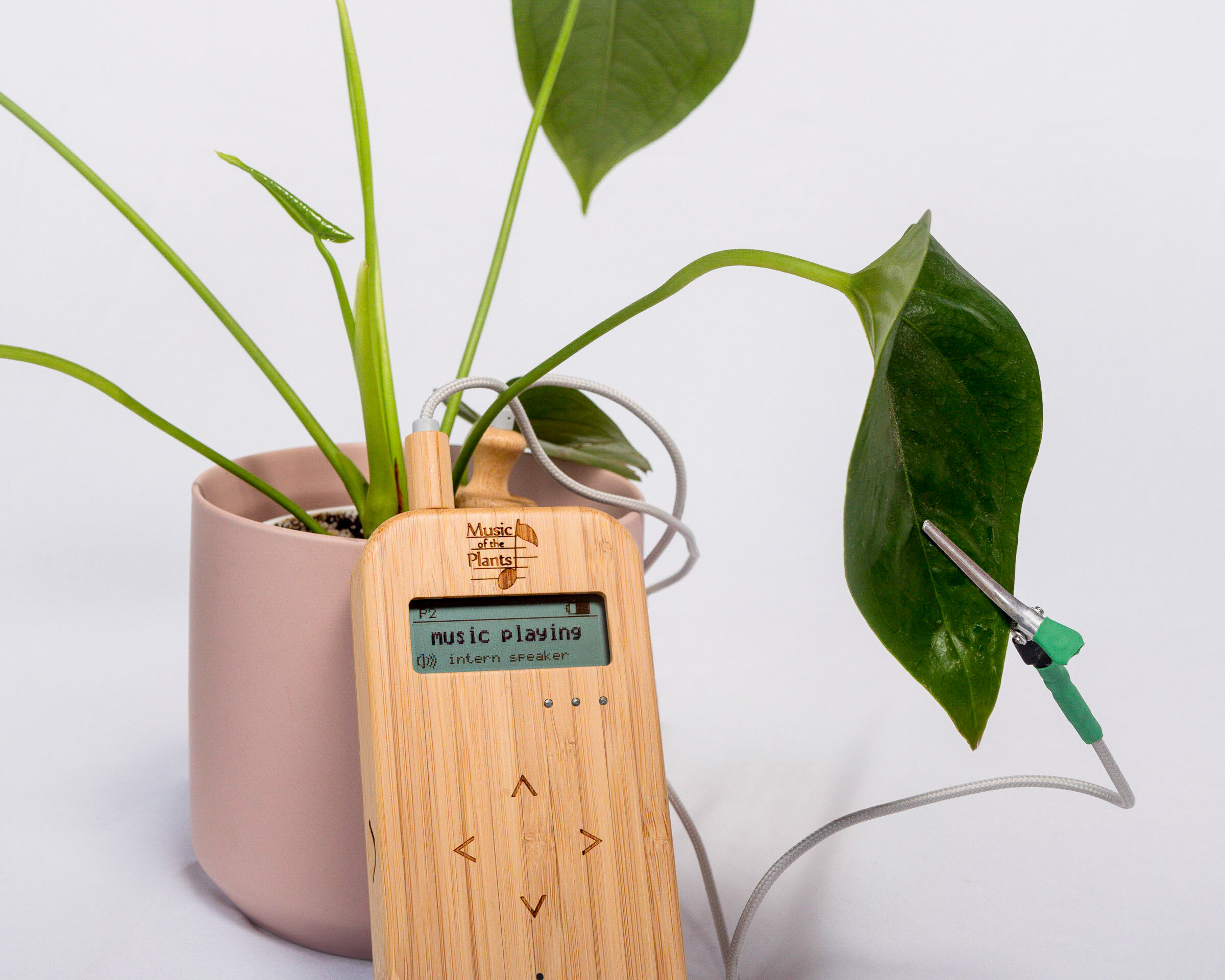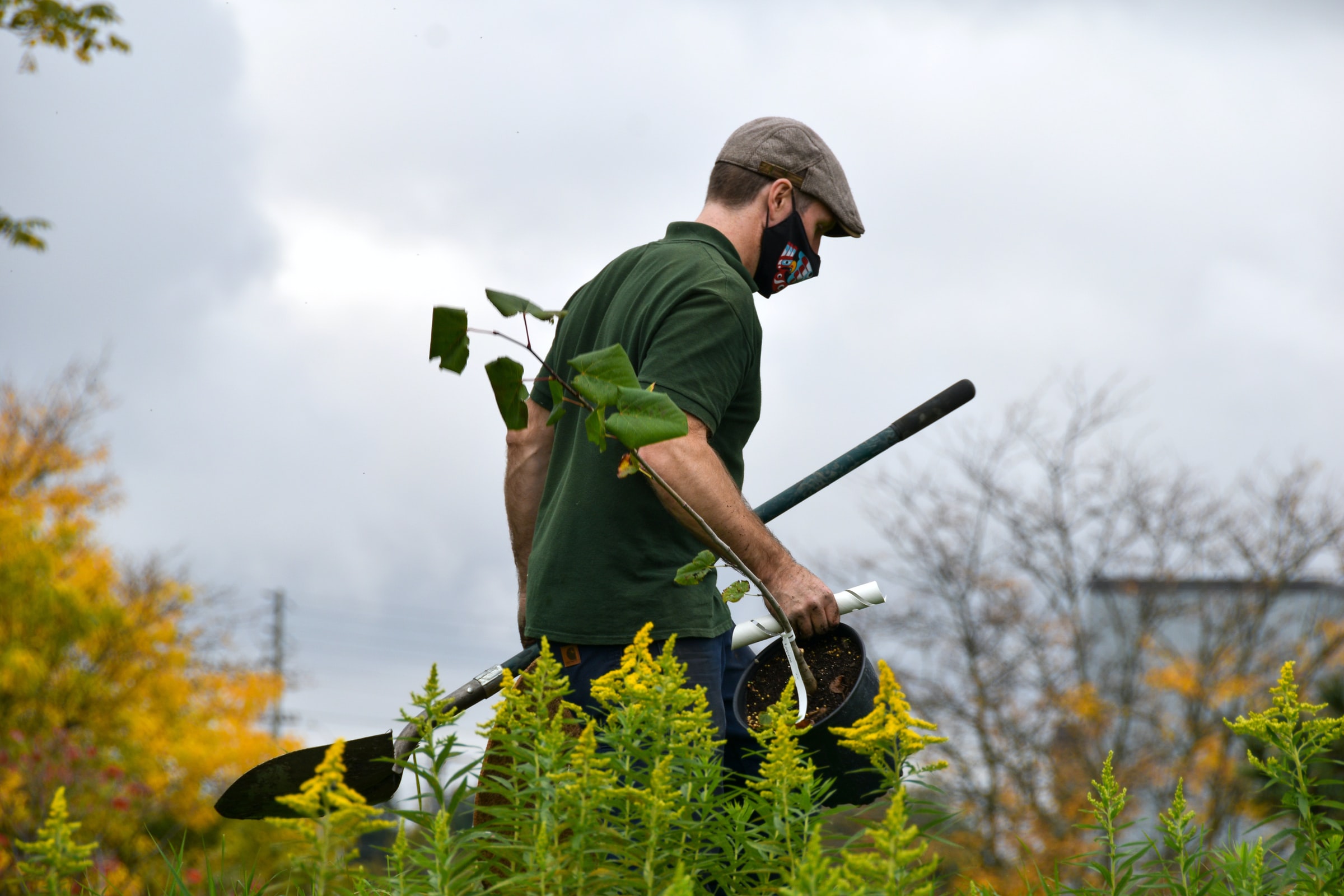Sinkholes that grow beneath houses or in a yard are tricky, and here’s how to correct them.
Keep an Eye on It to See Whether It Grows or Not
Weather occurrences, such as a big downpours, are frequently responsible for sinkholes. A sinkhole, on the other hand, might continue to expand as more limestone or other carbonate materials fall away. If a sinkhole is spreading on a daily basis, do not attempt to plug it in.
After the sinkhole has stopped developing and has kept the same size for a few days, you may fill it up.
Look Into the Size and Depth of the Sinkhole
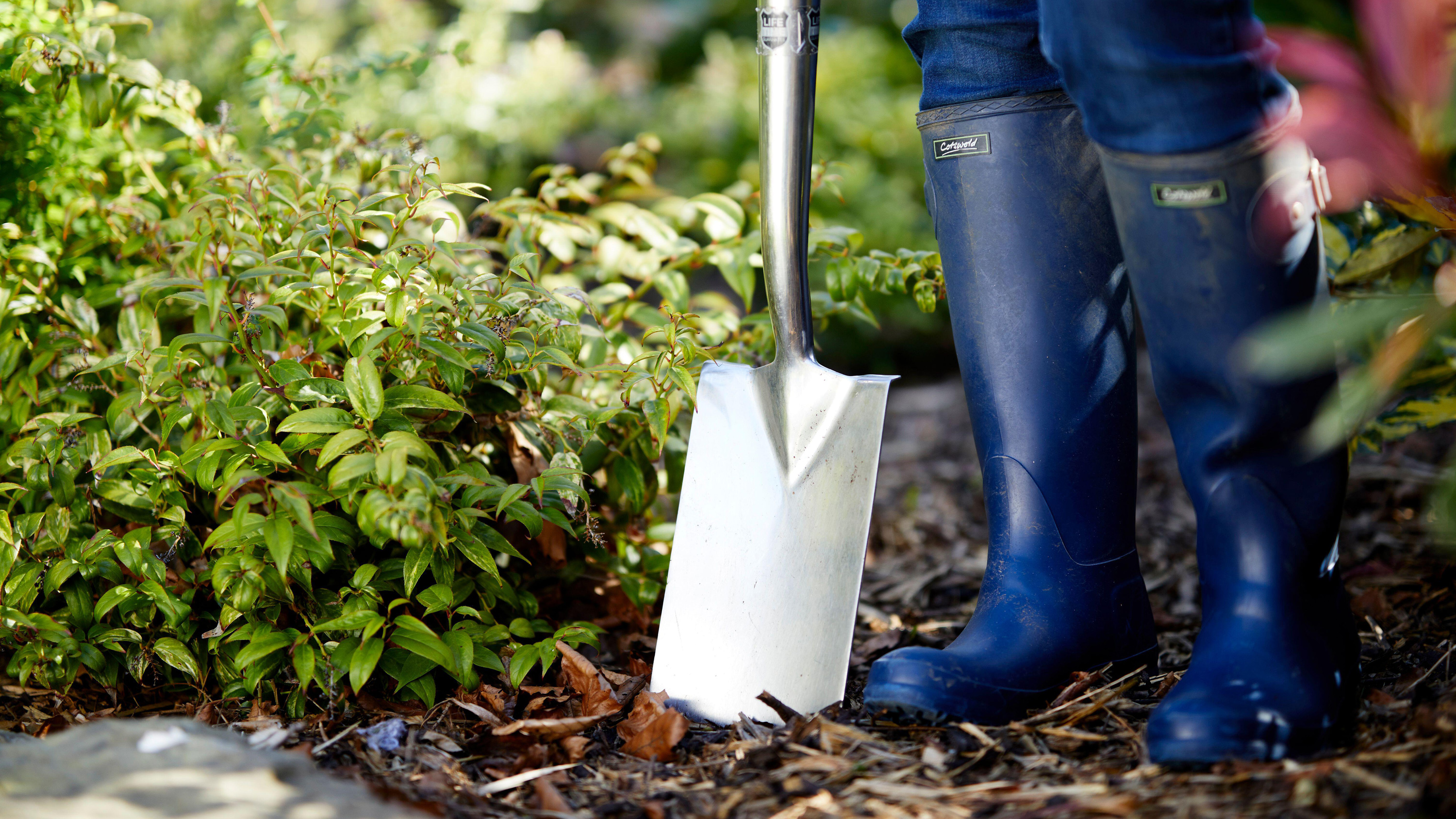 Only tiny, shallow sinkholes can be filled by homeowners. Use a pole or stick to poke about in the sinkhole (even a simple tree branch will suffice). Take notice of how big and deep it is.
Only tiny, shallow sinkholes can be filled by homeowners. Use a pole or stick to poke about in the sinkhole (even a simple tree branch will suffice). Take notice of how big and deep it is.
Take caution when strolling near the sinkhole’s edge! Take precautions to avoid falling since the ground might be highly unstable. Filling a sinkhole greater than 3 feet (0.91 m) in diameter is not recommended since massive sinkholes can be dangerously deep.
Please do not enter the sinkhole if it is deeper than your chest height. Deep sinkholes and pits with steep sides are very perilous.
Get in Touch With a Reputable Landscaping Company
If you’re concerned about working in or around a sinkhole, or if you fear the sinkhole is too large to fill on your own, it’s time to call in the professionals. Find a local landscaping business on the Internet and explain that you want a sinkhole on your property filled up.
This is something that landscaping contractors will be more familiar with than the ordinary homeowner.
Contact local authorities in the town or county where the sinkhole has occurred when dealing with particularly big sinkholes.
Remove the Outside Edges of the Sinkhole
The sinkhole beneath the surface may be larger than it seems. To discover the real extent of the sinkhole, use a shovel to enlarge the size of the sinkhole. Remove the sod around the perimeter of the sinkhole and please make sure the surrounding ground is stable. Continue to remove the hole’s borders until both the silt and topsoil are supported by solid rock.
Get rid of any loose material from the sinkhole, like such as tree branches, pinecones, and so on.
Mix Dry Concrete Powder with Water
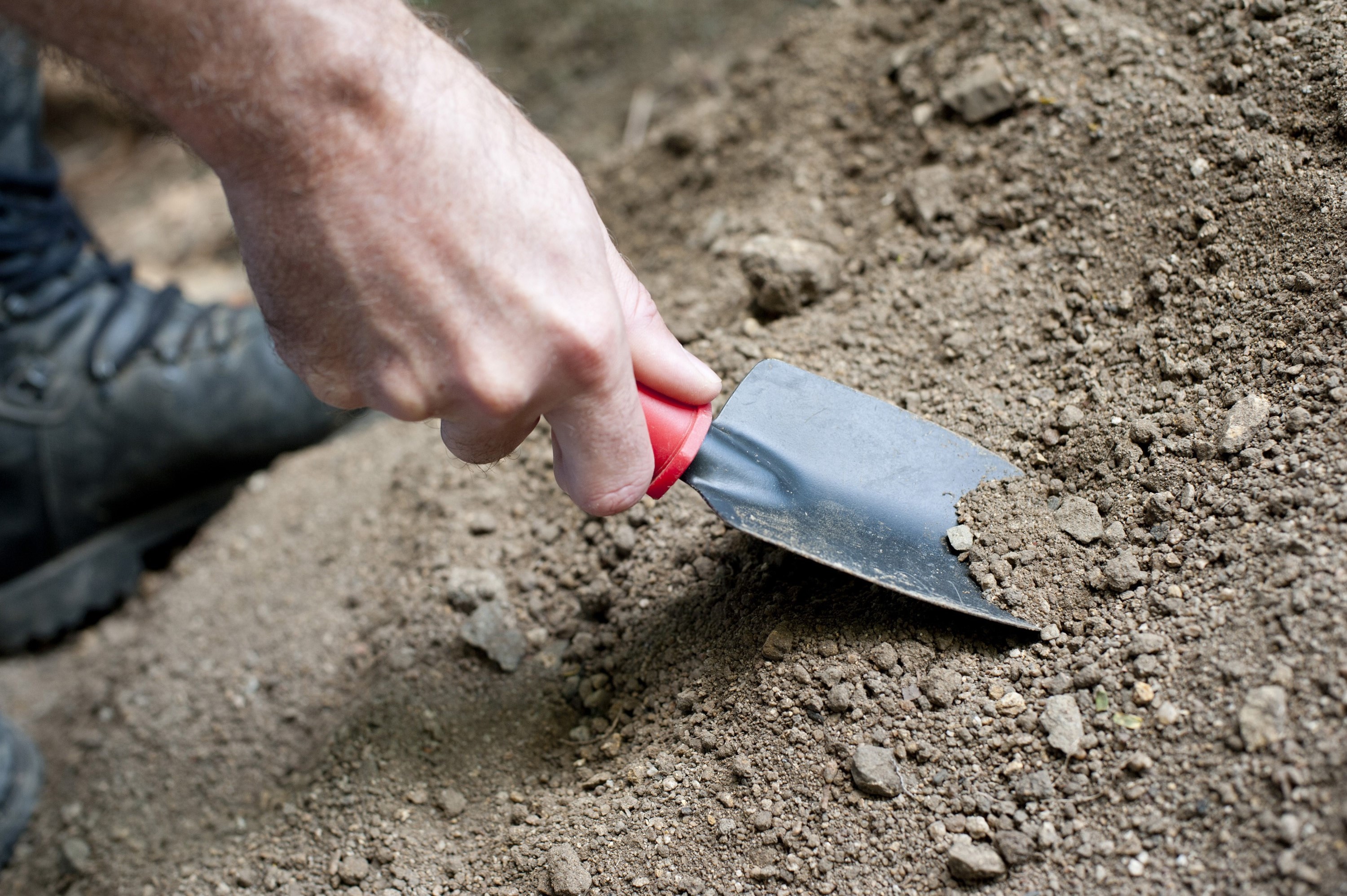 Pour about one-third of the concrete mixture into a big basin, such as a wheelbarrow. After adding around 1 US quart (946 ml) of water, thoroughly combine with a hoe, shovel, or paddle mixer. Continue to add water until the concrete is totally saturated and has the consistency of thick putty. Add gravel to the concrete to strengthen it.
Pour about one-third of the concrete mixture into a big basin, such as a wheelbarrow. After adding around 1 US quart (946 ml) of water, thoroughly combine with a hoe, shovel, or paddle mixer. Continue to add water until the concrete is totally saturated and has the consistency of thick putty. Add gravel to the concrete to strengthen it.
Quick-mix concrete comes in 80-pound (36-kg) packages at your local hardware or home-supply store. The size and depth of the sinkhole will dictate the amount of concrete required.
Concrete Should Be Used to Fill the Sinkhole
Using a shovel and wheelbarrow, pour wet concrete into the sinkhole. This will prevent the sinkhole from deepening further and will provide a strong foundation for the materials used to fill it. Try to fill in at least one-quarter of the hole with concrete. If the sinkhole is 4 feet (1.2 m) deep, fill it with at least 1 foot (0.3 m) of concrete.
It is not necessary to allow the concrete to dry completely before filling the hole with sand and dirt.
A “plug” simply implies that you will entirely fill the bottom of the sinkhole with concrete.
Fill the Sinkhole With Clay Sand
Thick, clayey sand will create a considerable filling for the sinkhole, keeping water from gathering in the refilled sinkhole. Scoop sand from a wheelbarrow or truck bed with your shovel and deposit it in the hole. Fill the hole with sand until it is approximately 34% filled.
